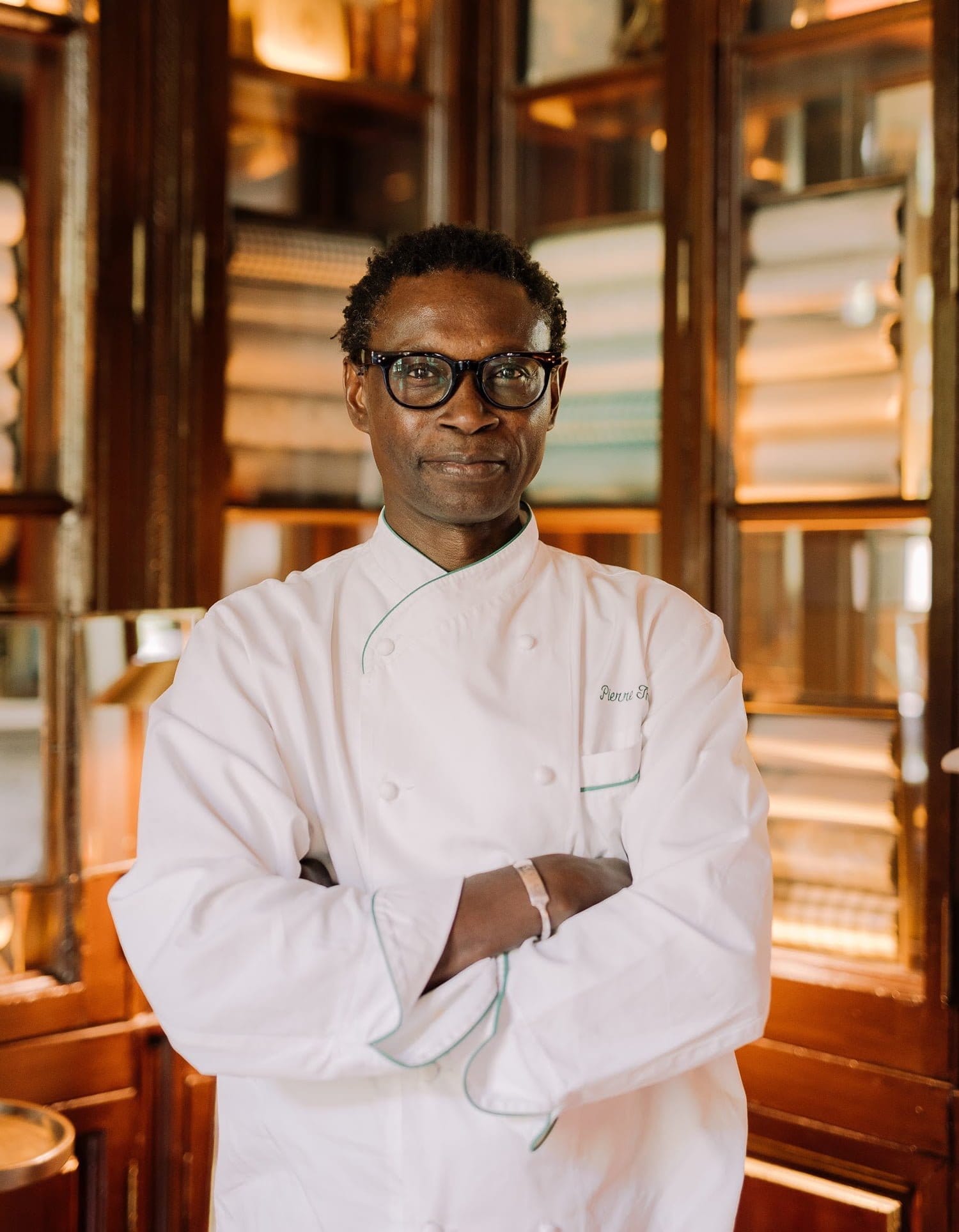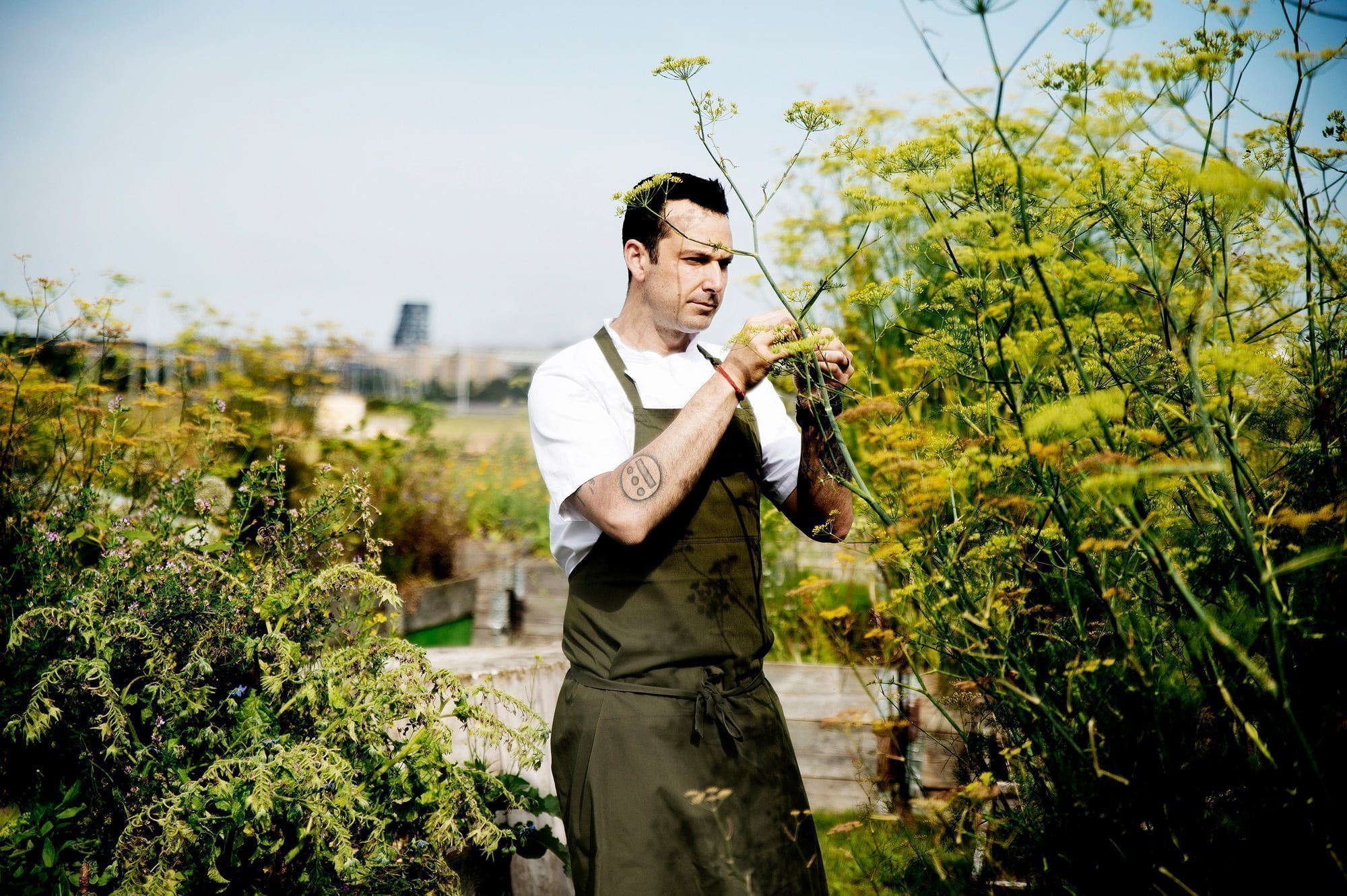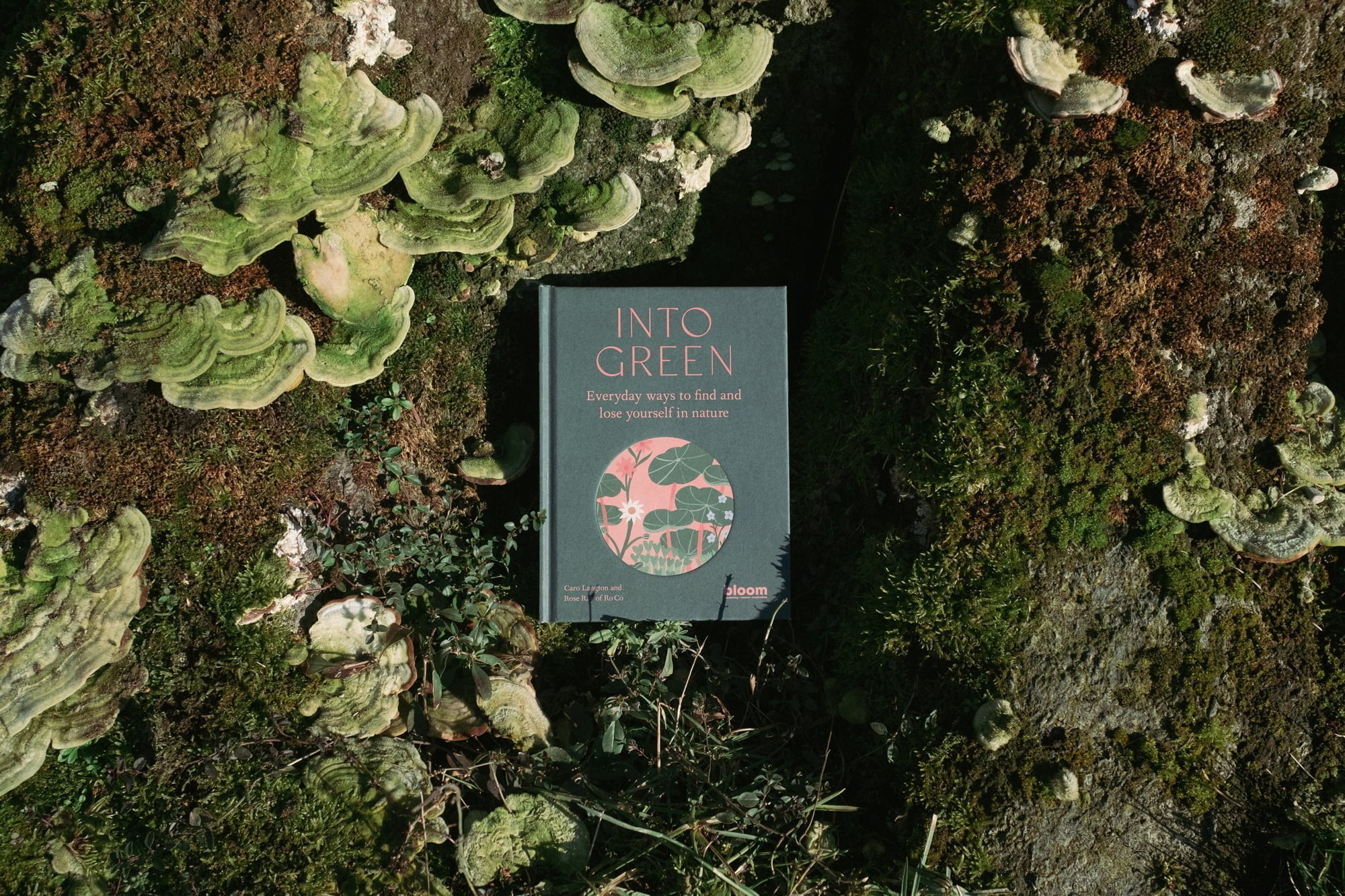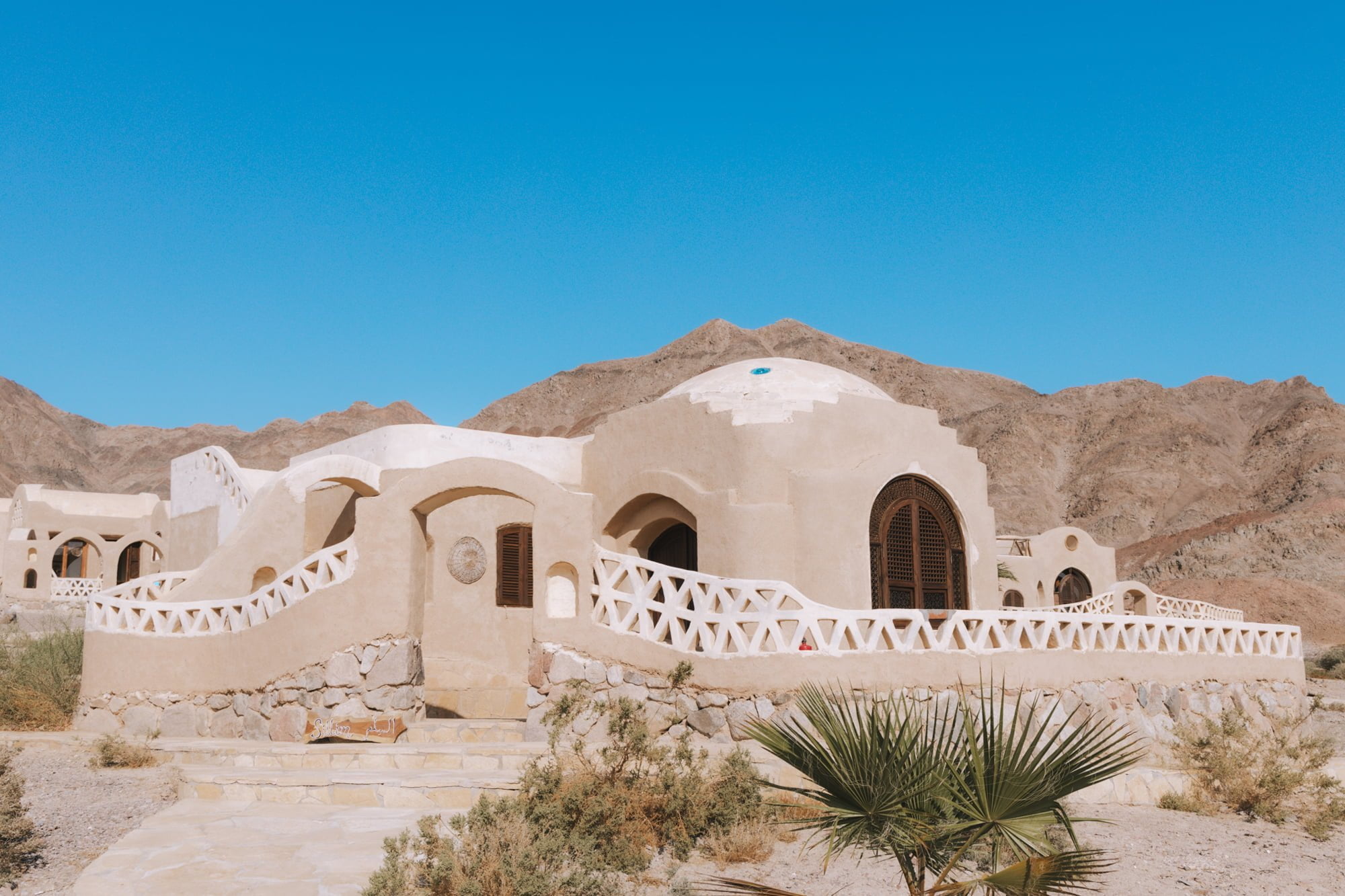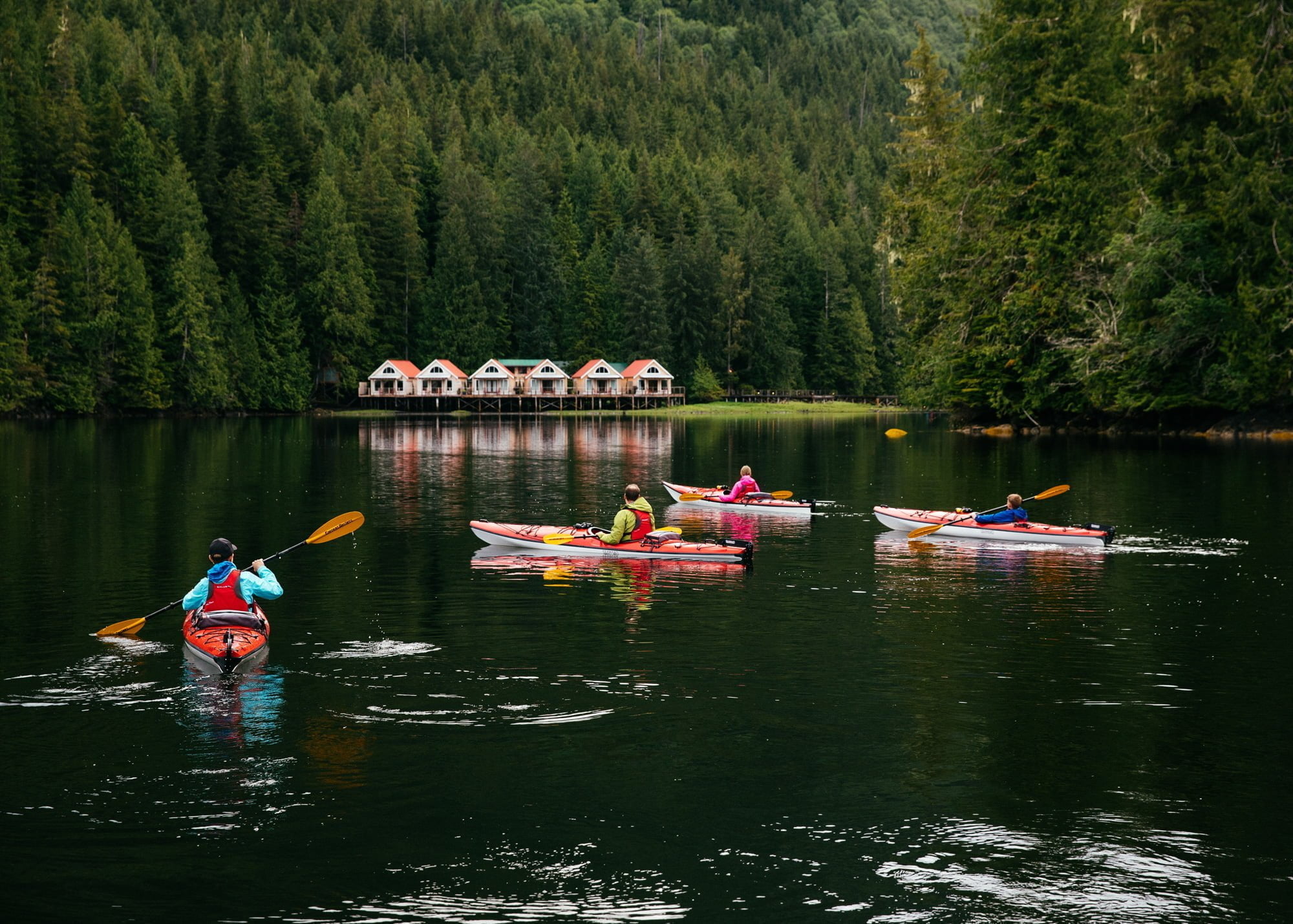New York-based Senegalese chef Pierre Thiam is keen to grow international demand for fonio, a nutritious, naturally sustainable ancient grain from West Africa. He’s so passionate about its potential, he set up his own company, Yolélé, to make it available to the American market.
Food is a long way from where you started. You were studying physics and chemistry at university in Senegal and were due to continue your education in Ohio. How did you end up as a chef and food entrepreneur in New York?
I was on my way to Ohio and stopped by New York because I had a friend who lived there. It was supposed to be a visit of two weeks. It was 1989. I am still in New York and never made it to Ohio!
So, coming from physics and chemistry to being a chef was really because I needed a job. I was in New York City, and I was broke. The first opportunity that came my way was a restaurant job as a busboy. The chef took a liking to me, and he offered me extra shifts in the kitchen as a dishwasher. At some point, the prep guy didn’t show up and they called a dishwasher to go and do the prep job. That was my entry into the kitchen. I became the prep guy … and never looked back.
You went on to open your own Senegalese restaurant and write your first cookbook. Where did the idea for Yolélé come from?
Oftentimes, I had to think of substitutions for ingredients because some of them were not accessible to the market. I wanted my audience to have the authentic experience, so the idea of creating a value chain that would bring the ingredients to this market started to germinate. I started to think about a way to do it that would be impactful. For me, it was important to figure out a way to give back to my community [by bringing] their ingredients to the global market … That’s how fonio, Yolélé’s first ingredient, came to me.
Support Imagine5
We’re able to tell stories like this because of people like you. Join others from around the world in supporting Imagine5’s mission towards a sustainable future. Join today and receive our latest magazine for free.
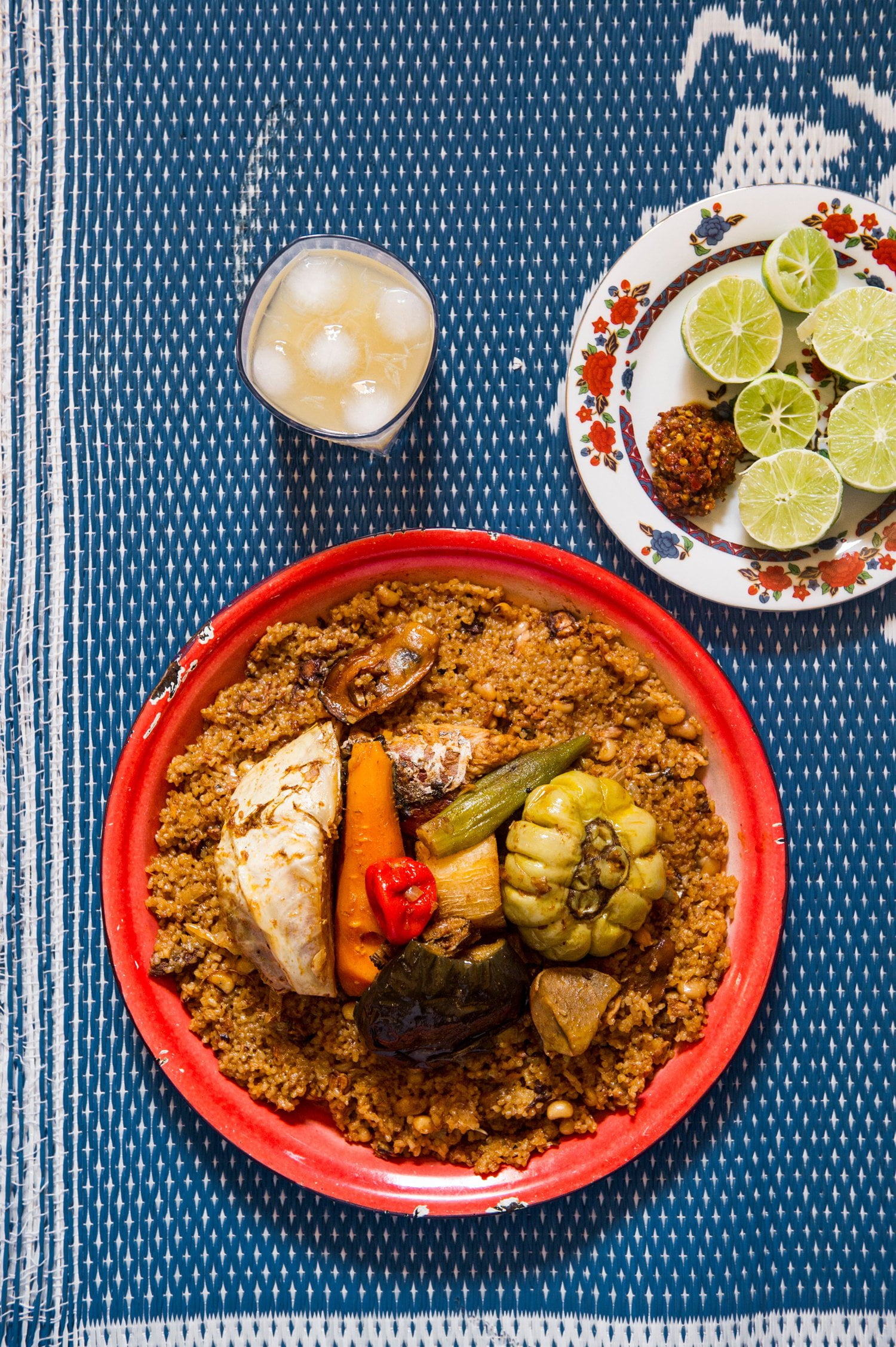
Photo: Evan Sung
“It’s a grain that regenerates the soil, it’s drought resistant… and a nutrition powerhouse”
Fonio is grown and eaten across West Africa but is still relatively unknown elsewhere. Tell us about it.
That’s the dish they serve to honour you [in Senegal]. I learned [while researching my second cookbook] that it’s a grain that grows in poor soil, it’s a grain that regenerates the soil because it has deep roots that add nutrients to the soil. And it’s a grain that’s drought resistant. It’s actually called the lazy farmer’s crop because it’s so easy to grow. It doesn’t matter if it rains or doesn’t rain, [the farmers] know that fonio is going to grow. It also turns out it’s a nutrition powerhouse and it’s gluten free. I thought, wait a minute, why isn’t this grain a world-class crop?
There’s a saying that fonio never embarrasses the cook. It sounds like the ideal ingredient.
It’s a Bambara saying, yes indeed. Fonio never embarrasses the cook, and that’s because it’s so easy to cook. If you mess up, right, let’s say you put too much water, or too much broth, or too much whatever, another recipe comes out of it. It becomes a porridge. And you can turn it into a dessert.
You co-founded Yolélé with Philip Teverow, a food industry veteran who helped introduce quinoa to the global market. But you’ve said you don’t want fonio to be the next quinoa. Why?
My motivation was to give back, and I saw in fonio a way to create economic opportunities… We never wanted to be a fonio company, and we are not a fonio company. So, there’s also a double edge here. If you become a fonio company, those farmers are only going to grow fonio [which is what happened in South America with quinoa]. And that’s not what we want. It defeats the purpose.
So for us, it was like, let’s figure out a way to enter as a brand, create a demand for fonio. And as you create a demand for fonio, gradually with time, integrate other crops that grow in a sustainable way in those farmers’ regions, so they can also make a living not only from fonio but also from baobab leaves, from moringa and from dawadawa, a fermented locust bean.

What kind of impact do you think you can have?
We have to start thinking beyond the usual four or five crops that we are all consuming. We have to figure out a way to integrate these other [underutilised] crops into our food system… And if it’s done the right way… I think we will really have a solution for economic development, for job opportunities and for our health and the health of the planet.
We’re able to share tips like this because of people like you. Join others from around the world in supporting Imagine5’s mission towards a sustainable future. Become a member, or donate what you can.
